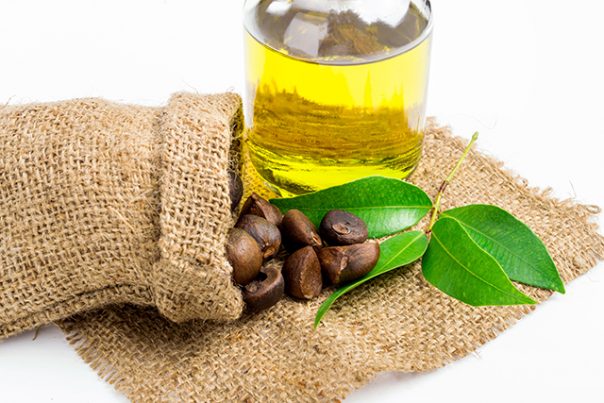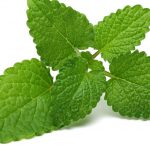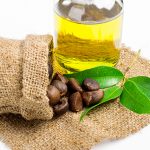
Chinese medicine’s “tea oil” found to help prevent scarring of lung tissue due to antioxidants
Tuesday, August 14, 2018 by Frances Bloomfield
http://www.naturalnews.news/2018-08-14-chinese-medicines-tea-oil-found-to-help-prevent-scarring-of-lung-tissue.html

Tea oil camellia (Camellia oleifera) is a Chinese plant most known as the source of tea seed oil, a sweet-smelling, herbal oil with a multitude of uses. The seeds of teal oil camellia have been the subject of interest for quite some time due to their pharmaceutical potential. This potential is what compelled a team of researchers to assess the possible applications of this plant in preventing pulmonary fibrosis, a chronic and progressive lung disease that affects tens of thousands across the globe. Come the end of their study, the researchers discovered that tea oil camellia extract could indeed prevent this condition, and protect the lungs as well.
To arrive at this conclusion, the team made use of 60 male rats, which they divided into five groups of 12 animals each. Every group was administered a different treatment, which was:
- The first group served as the control group and was given a normal saline solution.
- The second group had silica suspension injected into their trachea.
- The third group received 100 mg/kg of C. oleifera seed extract (CSE).
- The fourth and fifth groups were both given one-time silica solution injections prior to CSE doses of 50 mg/kg and 100 mg/kg, respectively.
After about 90 days, the researchers examined the rats for pulmonary fibrosis. Through biochemical assays, they discovered that the rats of the fourth and fifth groups had lower malondialdehyde (MDA) levels than the second group, while the first and third groups had comparable MDA levels. MDA is a naturally occurring, highly reactive compound known to be a product of lipid peroxidation, and is considered to be a marker for oxidative stress. From these findings, the researchers wrote that CSE scavenged the reactive oxygen species (ROS) responsible for lipid peroxidation, leading to the low MDA levels observed in several rat groups.
Further analysis yielded more positive results. Both the fourth and fifth group were noted for having a “slight but significant reduction” in the concentration of hydroxyproline (HP), a non-proteinogenic amino acid that plays a role in the formation of collagen in pulmonary tissue. Moreover, CSE was found to have promoted the expression of superoxide dismutase 2 (SOD-2) in all three groups that were given this substance. These particular findings affirmed the researchers’ suspicions that CSE was capable of enhancing the production of antioxidant enzymes. (Related: 7 House-plants That Detox The Air In Your Lungs & Improve Indoor Air Quality.)
CSE was also noted for its protective qualities. By the end of 90-day waiting period, the second group had developed perivascular and peribronchilal fibrosis, along with dispersed hyalinized collagen and silicotic nodules. Although the fourth and fifth groups had the same conditions, theirs was markedly less pronounced, and the number of silicotic nodules was much lower.
The protective effects of CSE was attributed to the various beneficial compounds found in the plant, including – but not limited to – phenolics and flavonoids. The ones identified by the researchers were:
- Caffeine
- Catechin gallate
- Epigallocatechin
- Gallic acid
- Gallocatechin
- Quercetin 3-glucoside
- Theogallin
“Taken together, we conclude that CSE has a protective effect and may prevent silica-induced lung injury and fibrosis,” wrote the researchers. “The protective effects are mainly due to the activation of antioxidant systems such as SOD-2 and the presence of several antioxidant constuients [sic].”
To learn more about medicinal plants and other alternative medicines, simply go to ChineseMedicine.news today.
Sources include:





